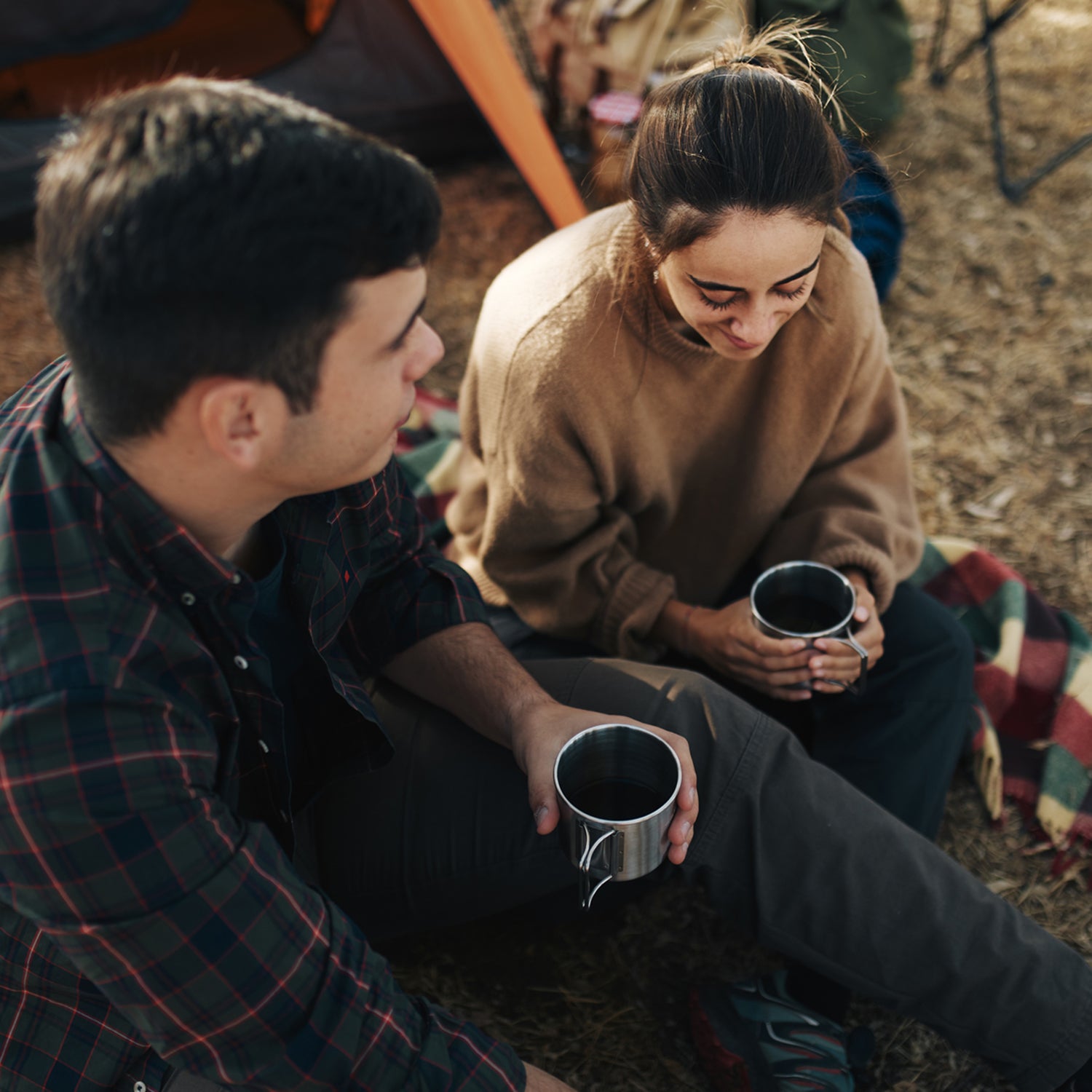Nothing halts an outdoor celebration like a broken bottle. While craft beer has been enjoying an abundance of options in cans over the past 20 years, until recently, those who preferred canned wine were limited to poor-quality reds and whites.��Now, at long last, more wineries are turning to aluminum packaging to showcase their offerings—and we’re not talking about the headache-inducing cheap stuff.
Whether you’re drinking wine straight from the can or pouring it into a camp cup, there are delicious options on the market with various varietals and price points. Over three days, a test team of bartenders, servers, and sommeliers from mountain-town restaurants gathered outdoors to blind-taste more than 30 selections of canned wine. Each taster brought their own outdoor drinking vessel, which included reusable tumblers, coffee mugs, and plastic cups. We took notes on flavor, aroma, and suggested pairings, and scored wines based on overall drinkability. Of the six chosen favorites, below, all but one are standard beer-can size: approximately 12 fluid ounces.
Underwood Rosé Bubbly ($7)
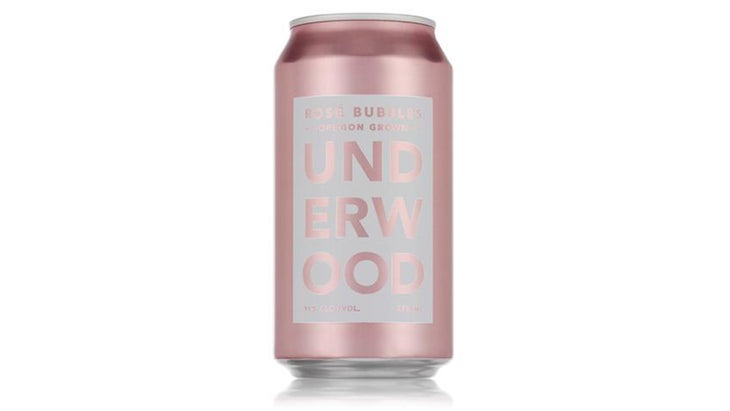
The Underwood rosé bubbly was the unanimous favorite of our tasting panel. It was a winner when consumed from the can or poured into a mug, and tasted great served cold as well as while it warmed up. This Oregon sparkling wine��is made with pinot noir grapes and blended with chardonnay and pinot gris, resulting in a drink that’s lush, with notes of strawberry and watermelon. “It’s delicious,” one taster said. “Sparkling rosé in a can—what a time to be alive!” No matter your preferred activity, be it spending the day lakeside, skiing spring corn, or riding singletrack, this bubbly will help celebrate a good day outdoors.
Revelshine White California ($15)
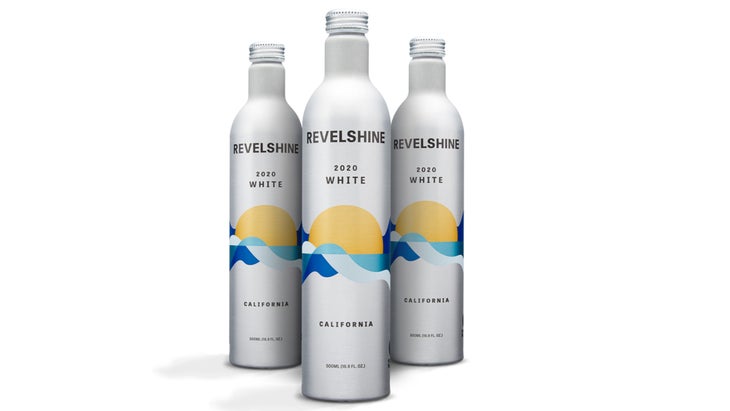
Crisp and refreshing, the Revelshine White blend is a top choice for drinking on a sunny��day. The wine is best consumed cold; however, a few tasters noted that it was still palatable at warmer��temperatures. “I would like to drink this floating the river,” one said. And you easily could, thanks to innovative packaging—the unbreakable aluminum bottle features a screw top, is recyclable, and can be resealed and reused. Testers agreed that, due to its volume (500 milliliters, compared with a standard wine bottle’s 750 milliliters), this wine should be shared and poured into a camp cup, although at least one tester said, “I’d drink straight from the bottle.” Light and pleasant on the tongue, with notes of citrus and stone fruits like apricot and peach, this is an excellent choice for a summer picnic or barbecue.
Las Jaras Waves White ($12)
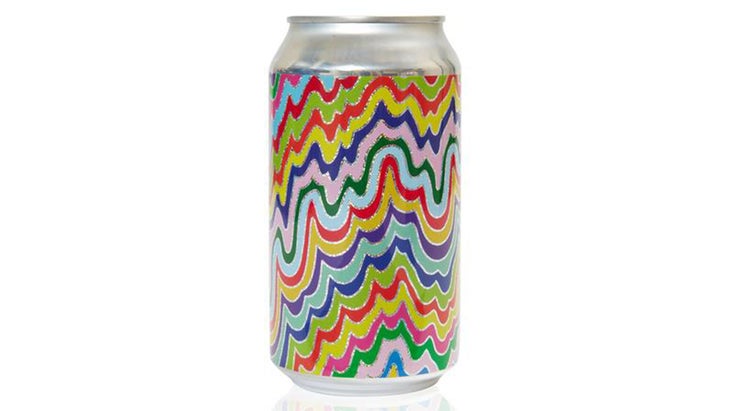
Our team of tasters ogled at the packaging of the natural Waves wines (white, pictured here, as well as red and rosé, which wow with a glittery colorful graphic by artist Jen Stark. Once testers got past the can, they agreed the wines were flavorful and enjoyable. This white was on the sweeter side of the wines in our taste test, and both soft and light. It had flavors of tropical stone fruits and, as one tester put it,��is reminiscent of Starburst candy.
Priest Ranch Rosé ($10)
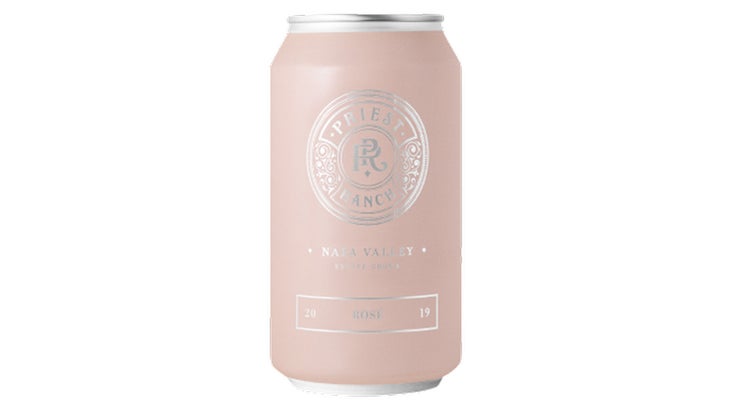
Many of our favorite wines in a can were rosés—there are many good options available, probably because rosé lends itself to fluctuating outdoor temperatures. This one stood out above the rest. Testers agreed that Priest Ranch’s flagship wine in a can is “not just a summer wine” and will be just as delicious while tailgating at the ski hill��as it is fly-fishing at your favorite river. The wine is a blend of 60 percent malbec and 40 percent Grenache blanc, and it offers notes of strawberry and raspberry. One tester suggested that it would pair well with smoked trout or a cheese selection.
House Wine Original Red Blend ($6)
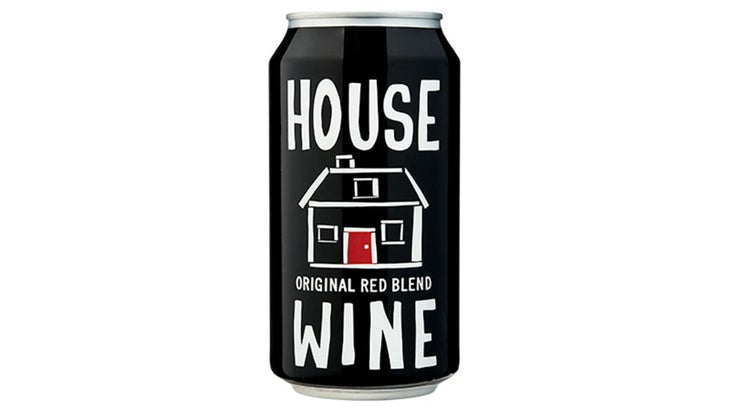
On a sweltering day, the Original House Wine red blend tasted great consumed cold, straight out of the ice chest, both from the can or poured in a cup (unlike many red wines we tried). It also held up well as it warmed in the sunshine. This is a medium-bodied and fruit-forward red, with notes of red berries, made from 40 percent cabernet sauvignon, 40 percent merlot, and 20 percent syrah grapes grown in Chile. One taster said the wine was “like a party on my palate,” thanks to its bright, juicy flavors. At 12.5 percent alcohol by volume, this offering isn’t as strong as other red wines, which means you (hopefully) won’t get obliterated after a big day outdoors.
Browne Family Vineyards Cabernet Sauvignon ($15)
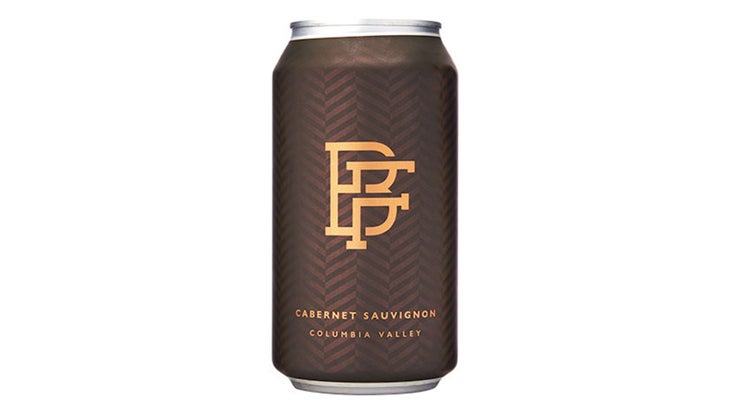
Without a doubt, this was the best red wine in our taste test: full-bodied but still super drinkable from the can. Cabernet is known for its tannins, natural preservatives that can taste bitter in a young wine,��and is best suited for aging in the cellar. But this wine from the Columbia Valley in Washington State was smooth on the palate and provided long-lasting flavors. Black-fruit notes, like boysenberry and plum, stood out, as did hints of leather, and it tasted best after being poured into a camping cup rather than consumed from the can. This wine will impress the true outdoors oenophile who does not want to give up quality for the can. One tester suggested pairing it with dark-chocolate s’mores and a campfire.


